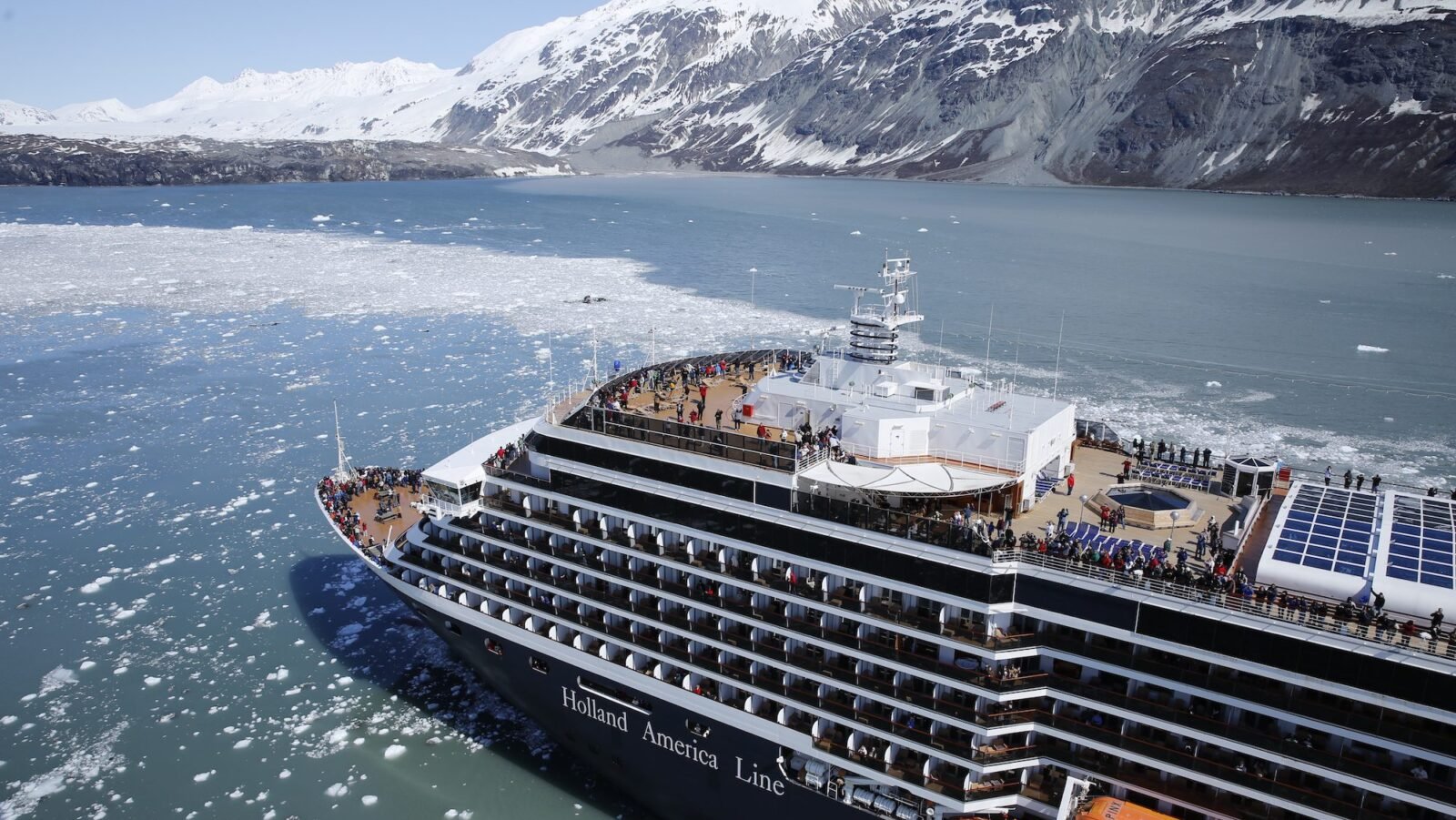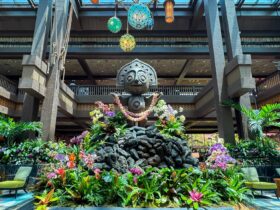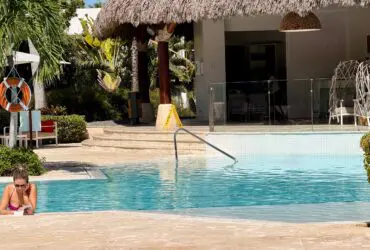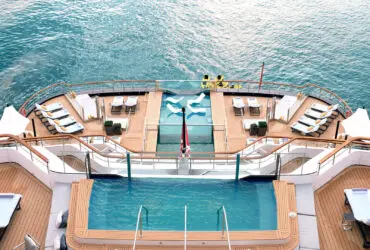- I’m a seasoned traveler who firmly believes the best way to experience Alaska’s incredible scenery is on an Alaska cruise.
- Think of an Alaska cruise like a floating hotel that carries you to a breathtaking new destination each day.
- Whether you’re a first-time cruiser or have lots of shipboard experience, these tips will help you make most of your Alaska cruise vacation.
I’ve cruised all over the world, and I can honestly say there’s no other cruise experience that quite compares to an Alaska cruise. Seeing the untouched landscapes, glacier-dotted shorelines, and bears at play really puts life into perspective—and makes for a truly unforgettable travel experience no matter your age.
Many people choose to make an Alaska cruise their first foray into cruising. First timers are attracted to the state’s majestic beauty, but not necessarily savvy to the bounty that a cruise ship offers. If you’re considering a cruise to America’s Last Frontier, here’s how to make the most of it.
EVERYTHING’S INCLUDED: 7 best all-inclusive cruise lines in the world

1. You can save money by cruising to Alaska in May, June, and September
The Alaska cruise season is brief. Alaska cruises start each year in May and run through early October. The most popular (and expensive) months to cruise are July and August, coinciding with summer family vacations and translating into ships that are often filled with kids.
If you aren’t tethered to a school-year schedule (or don’t mind taking your kids out of school), you may want to consider a shoulder season cruise to Alaska. This translates to sailings in late May, June, or September. On these shoulder season cruises, you’re likely to find lower prices and less crowded cruise ships.
2. Pack for all four seasons (and don’t forget binoculars)
Alaska’s climate is notoriously unpredictable. I advise packing warm clothes that are easy to layer on and peel off. Bringing gloves, hats, and a scarf is not unreasonable. On the flip side, Alaska is quite far north, and long summer days offer midnight sun and potentially warm temperatures. Many ships have swimming pools and hot tubs, so don’t forget bathing suits and sunscreen.
A comfortable pair of walking shoes are a must if you want to keep your feet feeling good as you explore each port of call. Binoculars can help you spot a range of animals in their natural habitat. Make sure each person in your group has their own pair so they can spot Alaska’s Big Five land mammals (Black and brown bears, moose, wolves, caribou, and Dall sheep) as well as orcas, puffins, and bald eagles.
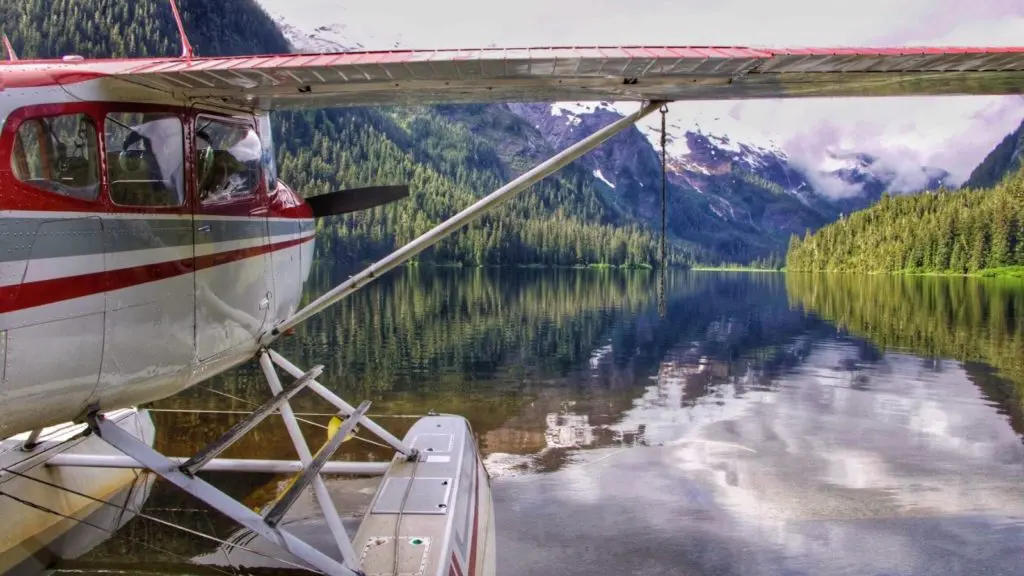
3. Shore excursions are a must
As wonderful as shipboard life is, to really experience Alaska you need to disembark at each port of call. Getting off the ship is a great way to get in touch with native Alaskan culture that’s reflected in towering totem poles, hand-woven decorative fabrics, and other native crafts. Alaska cruises offer dozens of shore excursions from whale-watching to dogsledding, many curated with kids and families in mind.
4. How to choose between the Inside Passage or the Gulf of Alaska
The sheltered waterway known as the Inside Passage is a very popular cruise route. As your ship weaves through a patchwork of islands, with fjords and glaciers thrown in for good measure, you’ll witness wildlife and scenery that looks lifted from a postcard. Alaska cruises taking this route usually make a round-trip journey from either Seattle or Vancouver, cities that have major airports with numerous flight options.
WHERE TO GO: 25 best family vacation spots in the U.S. for all ages
The other popular cruise itinerary is the Gulf of Alaska, a stretch of the Pacific Ocean that hugs the southern coast. This equally scenic itinerary is usually a one-way sailing, departing from Seattle or Vancouver and terminating in either Whittier or Seward, Alaska (or vice versa). If you want to add on post- or pre-cruise destinations such as Anchorage and Denali National Park, starting or ending your cruise in Alaska makes it easy to do so.
Keep in mind you will arrive and depart from different cities, requiring the purchase of a multi-city airline ticket (unless you live within driving distance from Seattle or Vancouver), which can be quite costly.
5. Utilize the onboard naturalist
Booking an Alaska cruise cruise that has an onboard naturalist is a no-brainer. On my recent Princess cruise to Alaska, our Canadian naturalist went above and beyond his job’s description, spending each evening on deck 16 hanging out with passengers, helping us spot humpback whales and see the Northern Lights until well past midnight.
Small ship cruise lines such as Lindblad Expeditions, which partners with National Geographic, offer families a deep dive into the natural world with the expertise of naturalists who cater to curious kids as they learn environmental stewardship.
If your ship takes you to Glacier Bay National Park, park rangers are usually brought on board as the ship cruises through the park, helping you to better understand the fragile beauty surrounding you.
6. Spring for an exterior stateroom
While interior cabins will save you money, Alaska’s eye-candy beauty and abundance of wildlife merit the added expense of an exterior stateroom (with a balcony if available). From the moment you wake up, you’ll be treated to spellbinding scenery at all hours.
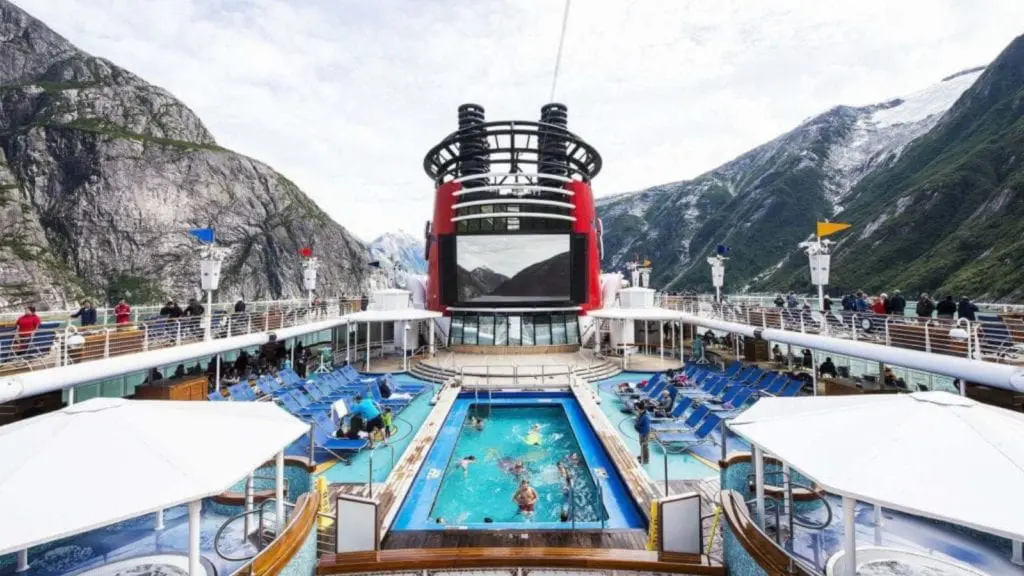
7. Don’t skip the buffet
While many large and mid-size cruise ships promote their specialty restaurants, these dining options usually incur an extra fee, which can quickly add up when you’re booking a table for your entire family. The ship’s buffet is a low-stakes, no-additional-cost way for kids to sample global cuisine. If crowds are a deterrent, hit the buffet a bit early or late, when lines tend to be thinner.
MAKE MEMORIES: 50 family vacation ideas for the best trip ever
On my family’s recent Alaska cruise, we were thrilled with the smorgasbord of edible delights from across the world. We couldn’t get enough of the authentic Indian food, feasting on tandoori chicken and fragrant curries served with refreshing raitas and savory chutneys. The Chinese food section let us customize our stir-fry with veggies and proteins of our choice, including tofu, perfect for my vegetarian daughter.
8. Be prepared for some seasickness
The Inside Passage is sheltered, equaling waters that are usually quite calm. However, if your itinerary crosses the Gulf of Alaska, the sea tends to be rougher. Whichever route your ship takes, being prepared with seasickness remedies is essential. I don’t suffer from sea sickness but my daughter uses Sea-Band acupressure wristbands with good results.
9. Take advantage of onboard activities
Most large and mid-size cruise ships sailing Alaska itineraries have age-appropriate supervised clubs for kids and teens at no additional cost. These programs give young passengers the opportunity to spend time with their peers and try new activities, freeing parents to enjoy a bit of adult time.
BRING THE KIDS: 7 great cruise lines for families (and their 12 most kid-friendly ships)
Cruise ships offer a range of ways for families to spend time together. Try a game of pickleball on all Holland America ships or enjoy a ride on the bumper cars at Royal Caribbean’s SeaPlex, the largest indoor activity complex at sea. Evening entertainment, including Broadway-style musical performances on Disney cruises, is always a highlight as well.
10. Discounts for kids are real and significant
Keep an eye out for periodic kids sail free deals where children ages 18 and under can sail for no charge beyond taxes, fees, and port expenses. These promotions make a family vacation more affordable. Holland America is one cruise line that offers these bargains frequently on Alaska cruises, while small ships such as Lindblad and UnCruise always offer a $500 discount for children.
You Might Also Like:
- New vacation trend: European river cruise companies are now targeting family travelers
- I’ve been on 6 different cruise lines, here are the pros and cons of each one
- 12 best amtrak vacations and scenic train rides in North America



